Higher classification Plebejus | Scientific name Plebejus idas Rank Species | |
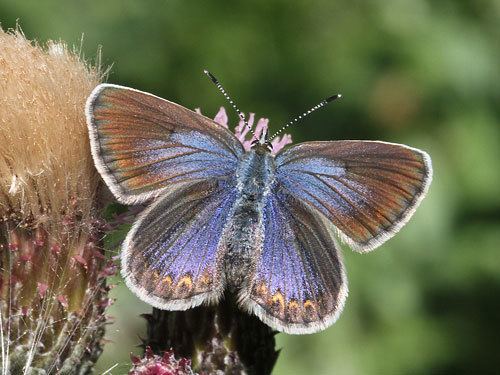 | ||
Similar Plebejus, Butterflies and moths, Glaucopsyche alexis, Silver‑studded blue, Plebejus argyrognomon | ||
Erebia tyndarus with plebejus idas and aricia artaxerxes
Plebejus idas, the Idas blue or northern blue, is a butterfly of the Lycaenidae family.
Contents
- Erebia tyndarus with plebejus idas and aricia artaxerxes
- Idas blue butterfly plebejus idas male in the early morning dew hemsedal norway
- Subspecies
- Distribution
- Habitat
- Description
- Biology
- References
Idas blue butterfly plebejus idas male in the early morning dew hemsedal norway
Subspecies
Subspecies include:
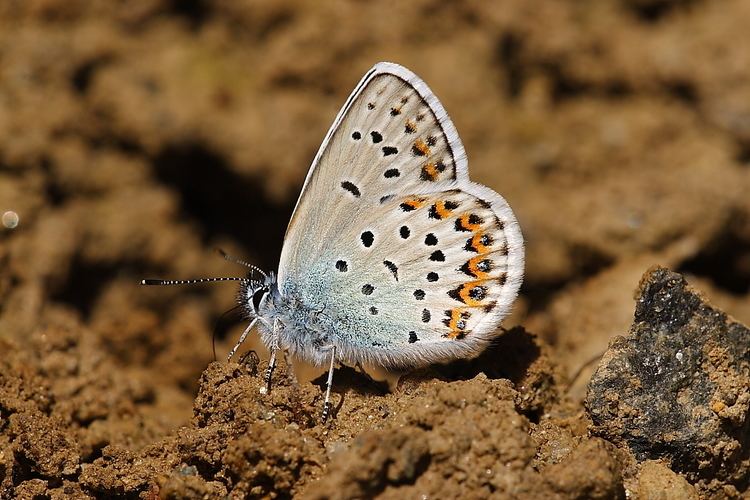
Lycaeides argyrognomon lotis (syn. Lycaeides idas lotis, formerly Plebejus argyrognomon) is a critically endangered butterfly endemic to Mendocino County, California, with sightings in Sonoma and Marin counties. It has been listed as an endangered species since June 1, 1976, but has not been sighted in the wild since 1994.
Distribution
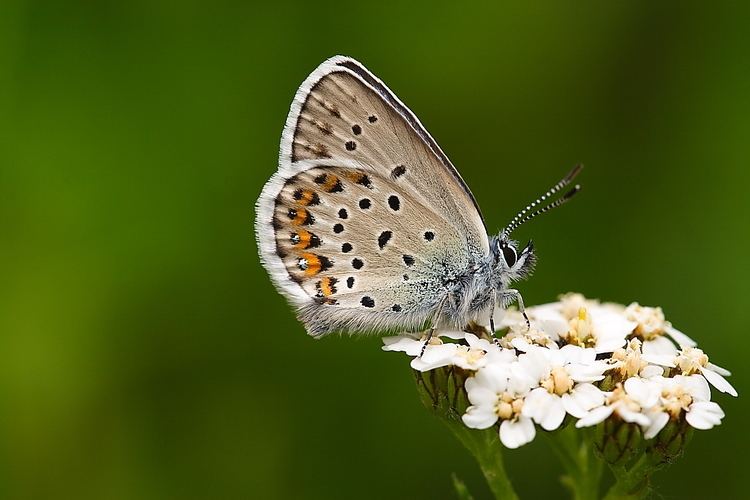
This species can be found in most of Europe (except parts of Spain, southern Italy and the United Kingdom), in the northern regions of the Palearctic (Siberia, mountains of South Siberia and Yakutia) and in the Nearctic realms.
Habitat
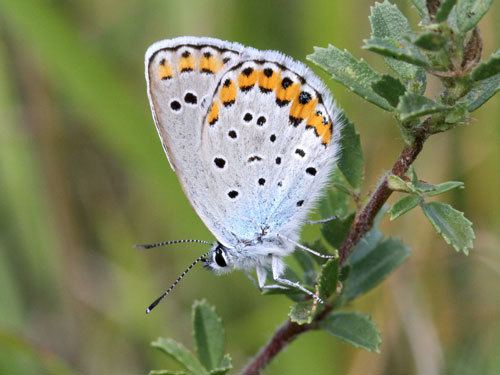
It usually inhabits grassy flowery areas, mixed evergreen forests and wet meadows upto alpine levels, at an elevation of 200–2,100 metres (660–6,890 ft) above sea level.
Description
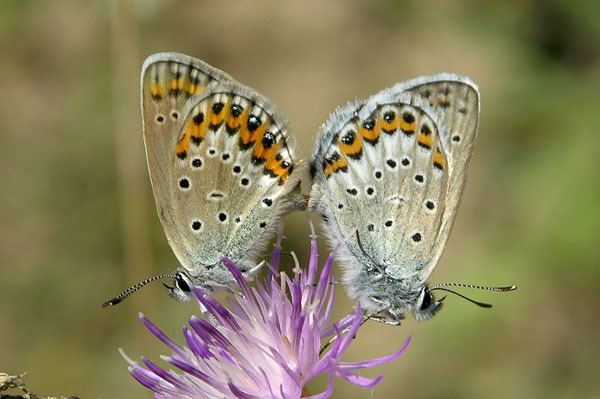
Plebejus idas has a wingspan of 17–28 mm. This species is quite variable in colors and markings. The upperside of male’s wings is iridescent blue, while it is brown with orange submarginal spots in the females. The underface of the wings is greyish with black spots and it shows a thin black line and small dots along outer margin. Along these margins are also present a rather large orange band with blue spots.
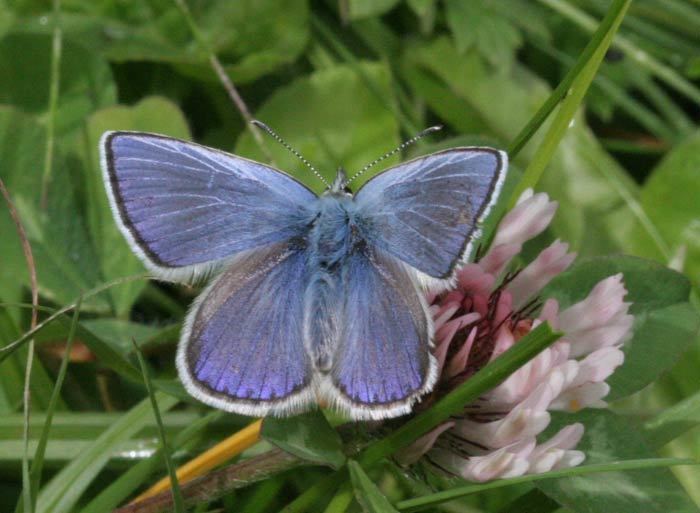
This species is very similar to the Silver studded blue (Plebejus argus) and to the Reverdin's blue (Plebejus argyrognomon). The forelegs of male of Plebejus idas lacks a hook which is present in Plebejus argus.
Biology
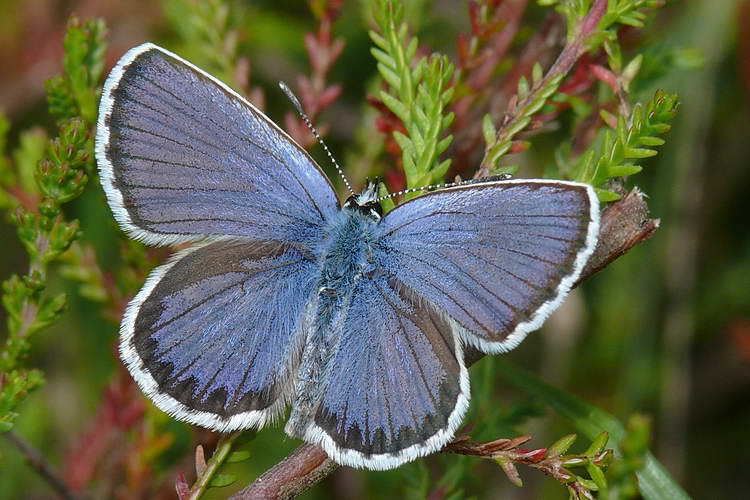
The species flies in a single brood from June to August depending on location. The larvae feed on Calluna vulgaris, Vaccinium uliginosum, Empetrum nigrum and various Fabaceae species (mainly Cercis siliquastrum, Melilotus albus, Lotus corniculatus, Cytisus, Genista tinctoria, Trifolium pratense, Chrysaspis campestris, Astragalus alpinus and Anthyllis). They are usually attended by ants (Lasius and Formica species). Second-stage of the caterpillars overwinter.
